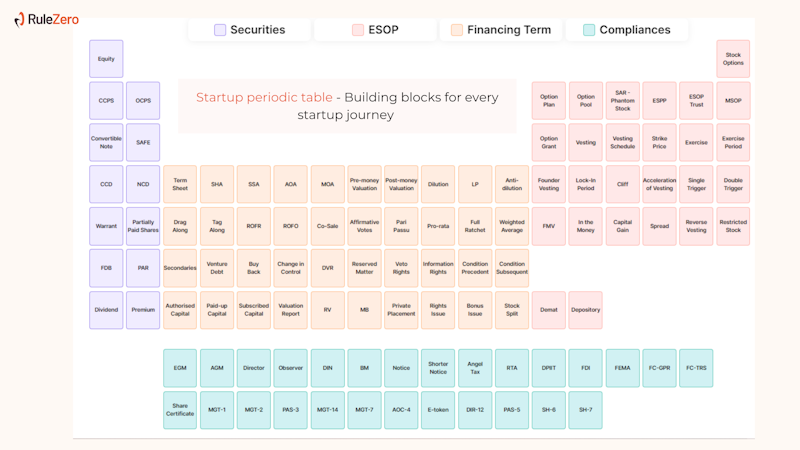Every year thousands of eggs are laid by turtles on beaches. Of these only few make it to the ocean, survive predation, and grow into adulthood.
The startup ecosystem behaves in the same manner. Thousands of companies are incorporated everyday. Of these, only few survive to become unicorns or reach an IPO.
Majority of the companies that have survived and made it big have few things in common. One being, they have all raised successful financing rounds. A starting point to raise finance is a pitch deck.
Before we start on why and how your pitch deck must look, let us go a little off topic and understand how investors earn on investments?
Investors invest in multiple companies simultaneously. Returns on these investments are directly related to how the company performs. Returns are earned when the company provides exit or when companies declare dividends. While the returns earned may be negligible in a few investments, investors hit a jackpot with few. For example, SAIF partners who were early investors in Swiggy earned INR 439 crores at the time of exit, which was 10.4 times the amount invested.
So, what is a pitch deck?
A pitch deck is a collection of slides that provides the roadmap of your company’s journey from its inception stage to its growth
A pitch deck must have all the points that the founder wants to convey to the investor about his/her company, product/brand. Unlike a sales pitch that mostly talks about the product, an investor pitch has to talk about the company, its financials, vision, growth plans etc. Remember the order of the content may change depending on what stage your company is currently in. For example, a startup may need to highlight the members of the team in the very first slide as against an established company that should first highlight its key business metrics and bring in the team towards the end.
Why is a good pitch deck important?
As the startup ecosystem continues to evolve, an increasing number of entrepreneurs are entering the market. Entrepreneurs require funds to build their product and brand. Depending on whether they go for venture financing, venture debt, revenue based financing, inventory financing the deck must be prepared.
Remember a single investor sees at least 15-20 pitches in a single day. You will be given a maximum of 15 minutes to make your pitch. Hence your pitch must be crisp and to the point. Further, the amount of funds available for the funding houses is also limited. Hence after careful analysis, companies are chosen.
With all the competition how do you stand out? What should you do differently?
Let’s say you have an idea to make education affordable and accessible to all. You have developed an application and would now like to fund your company to expand operations. You approach investors.
As founders, you have to put your best foot forward to convince the investors on how your company is different to Udemy, Coursera, LinkedIn Learning etc.
This is what your pitch deck must cover.
1. Problem statement
About the product/service: What is the problem that currently exists and the product/service the company has built/is building to address it?

2. Solution
In what way does the product/service aim to solve the problem?

3. Market Size & strategy
What is the size of the market, target audience and target market(domestic, global or both)?

4. Team
Who are the founders, the founding team members and their experience?
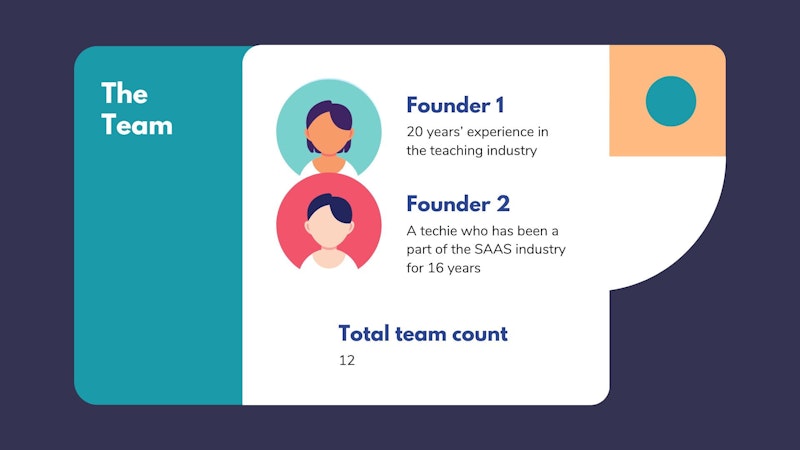
5. Business Model
What is the revenue generation model?

6. Traction
What is the number of live customers as on date, subscription cost of the product, and testimonials of customers?
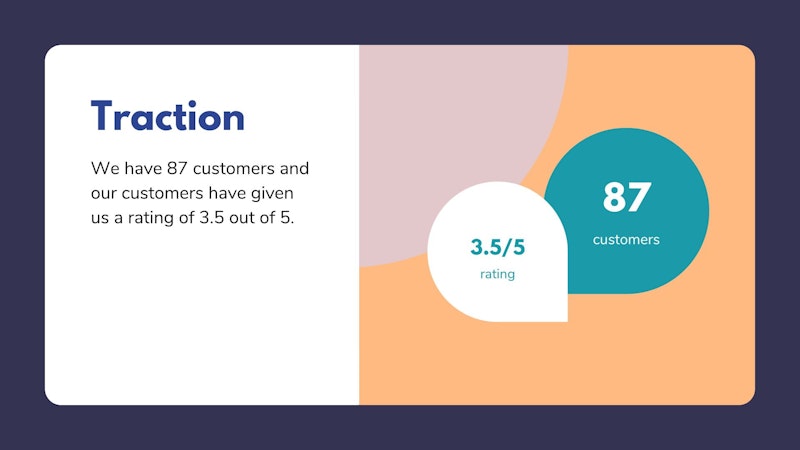
7. Scalability of business and product road map
How will the business grow in the coming years?
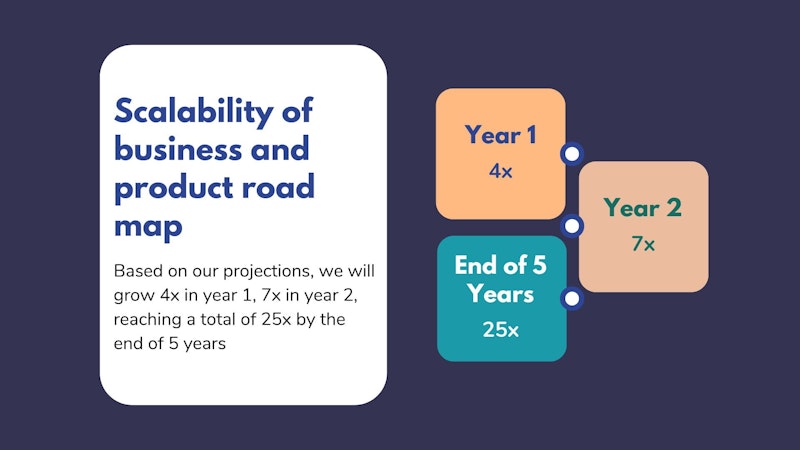
8. Competition
Who are your competitors?

9. Key Financial numbers
Have you reached break-even, what is the revenue/profits earned and financial projections/ROI for at least the next three years?
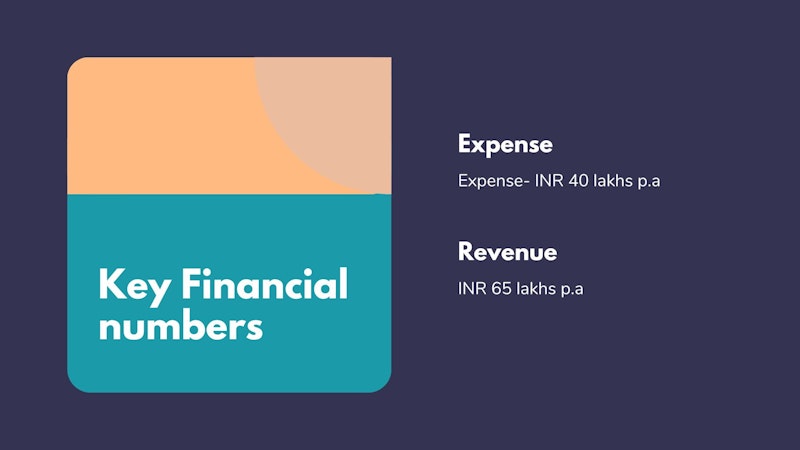
10. Amount being raised and use of funds
What is the funding amount needed and what are the financing terms?
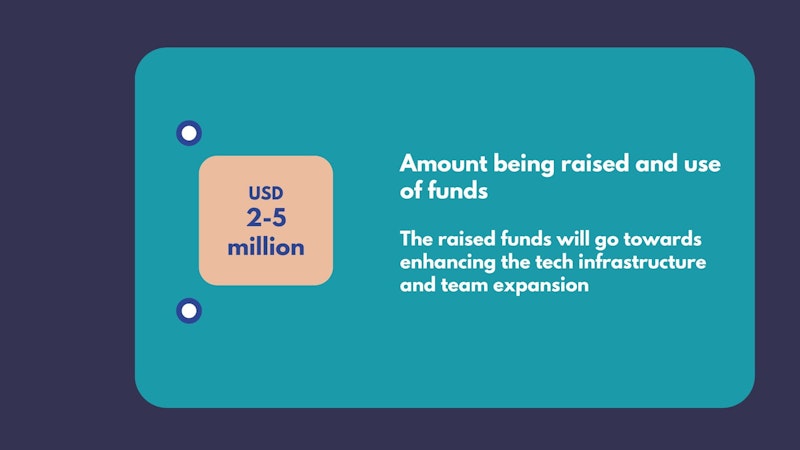
If you are a startup and a new founder, the investors will have more questions for you. After all they are putting capital in your company and their performance as a fund will only work if they earn returns.
So how do you design your deck in a way it stands out?
Investors are not just looking at the idea. They are looking at opportunities that will make them earn big. Your deck has to aim to create a sense of opportunity for investors. Hence, pay attention to following when designing the deck.
- Picture speaks a thousand words- Investors have no time to read what is written on the slides. Hence, your pitch deck must have infographics and visuals that can tell the story by itself. Even if you share the deck by email to the investors, the visuals must be self-explanatory.
- Do not beat around the bush– With so many proposals on the table, investors are always on the lookout to understand what makes your company/product different to that of others. Hence you need to be specific about the numbers relating to market size, competition and so on. If you lack clarity on what you do, your vision, your future steps, market etc., then you will be dismissed. Show what is unique about your product/company and why investors have to pick you.
- Simple is better- Use simple language that can be understood by the investors even if they do not have the expertise in your nature of business. Also, a good practice is to keep the product video handy for simplicity.
- Use fewer slides- A cluttered deck with too much information can get overwhelming. You will lose the investors’ interest if the size of the deck is too big. A good deck is not more than 12 slides.
- Good design stands out- The design of the deck is as important as the content. Bad design can be off putting. Using subtle colors, font size, and design elements is ideal.
- Intended audience- Remember you are pitching to investors and not your customers. Do not make the deck sound like a sales presentation.
- Maintain authenticity- It’s normal for a company to have some challenges and areas where they need improvement. When presenting information, only share accurate and honest data.
- Using the right deck format- It is best if the deck is in the pdf format. This also enables founders to send the pitch via email to investors with minimal effort.
- Be uniform- Make sure the information represented is uniform across all slides. For example, if you have shown numbers in dollars, ensure that you use the same currency in all your slides.
The quality of your pitch deck along with the confidence at which you present decides if you will score a second meeting with your investor. In recent times, investors are also paying attention to the ESG initiatives taken by companies. While the groundwork remains the same in the pitch deck, the representation of information may vary between startups and established companies.
Once you pitch, there is no turning back. You cannot unsay what has been presented. Hence be careful of what you put. Do not disclose confidential information.

.png)
